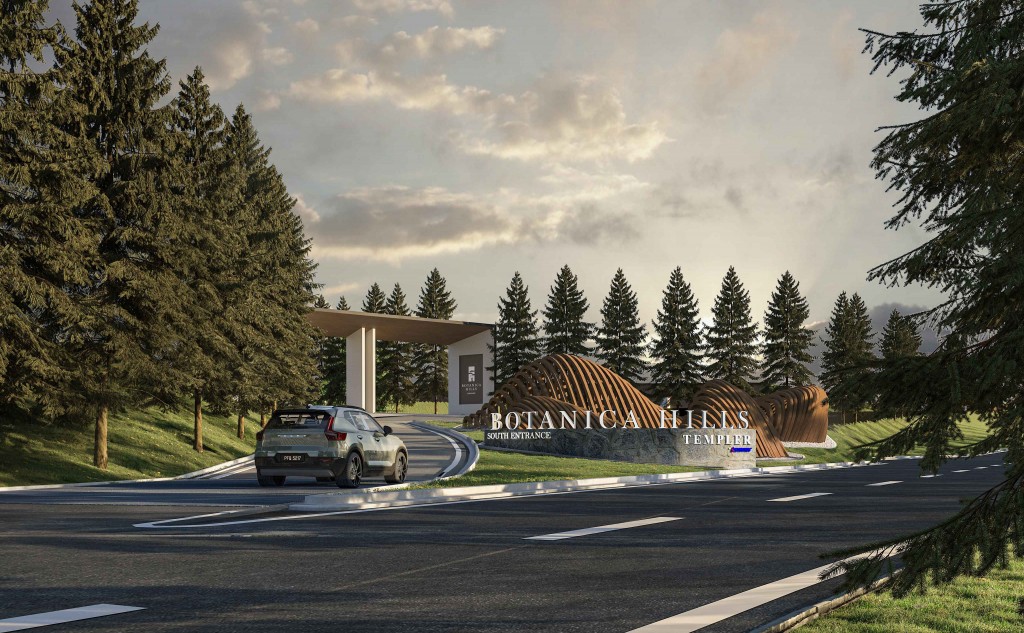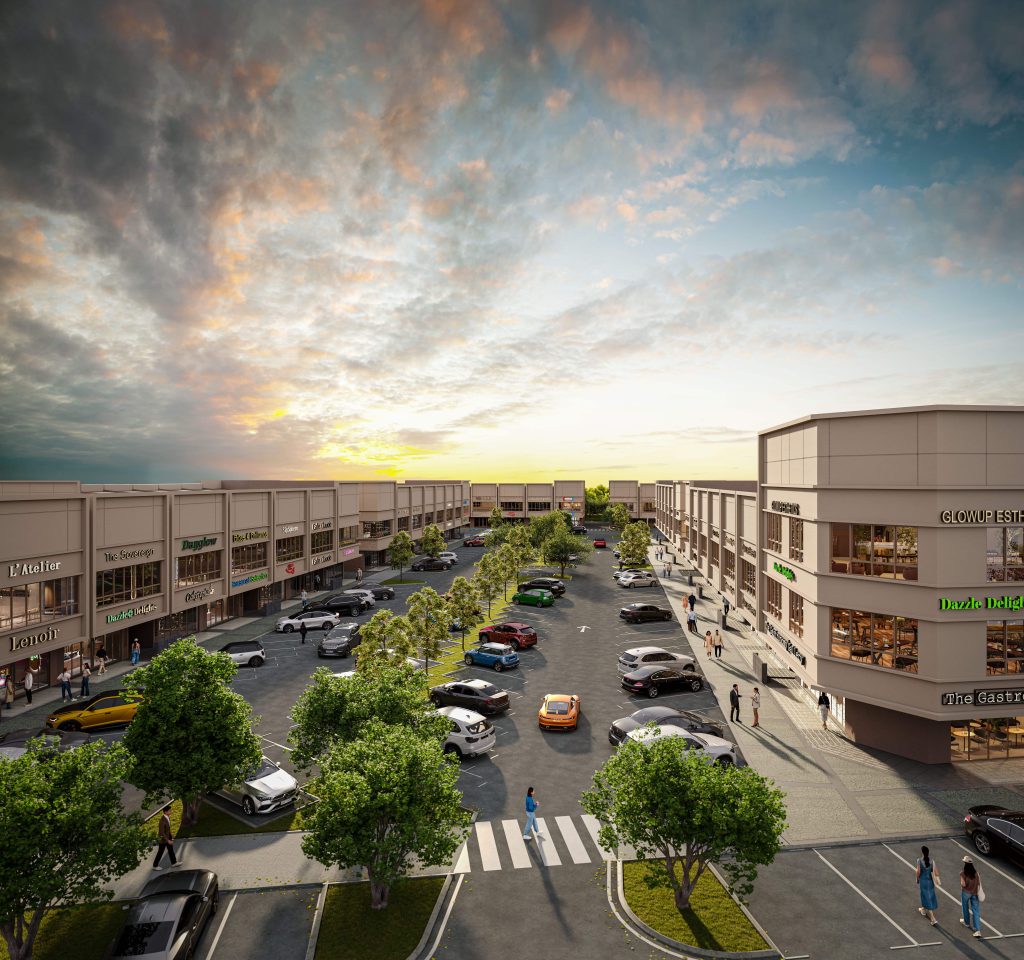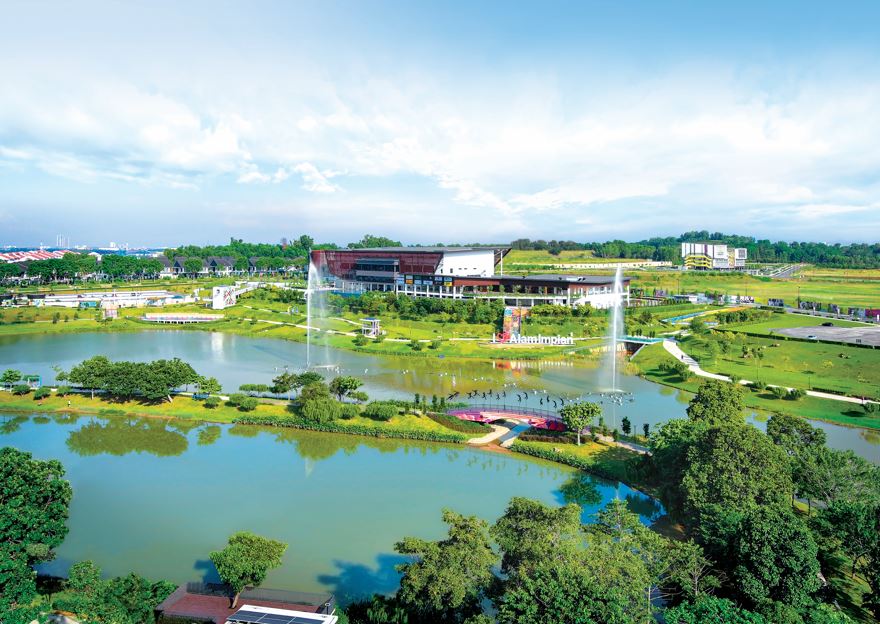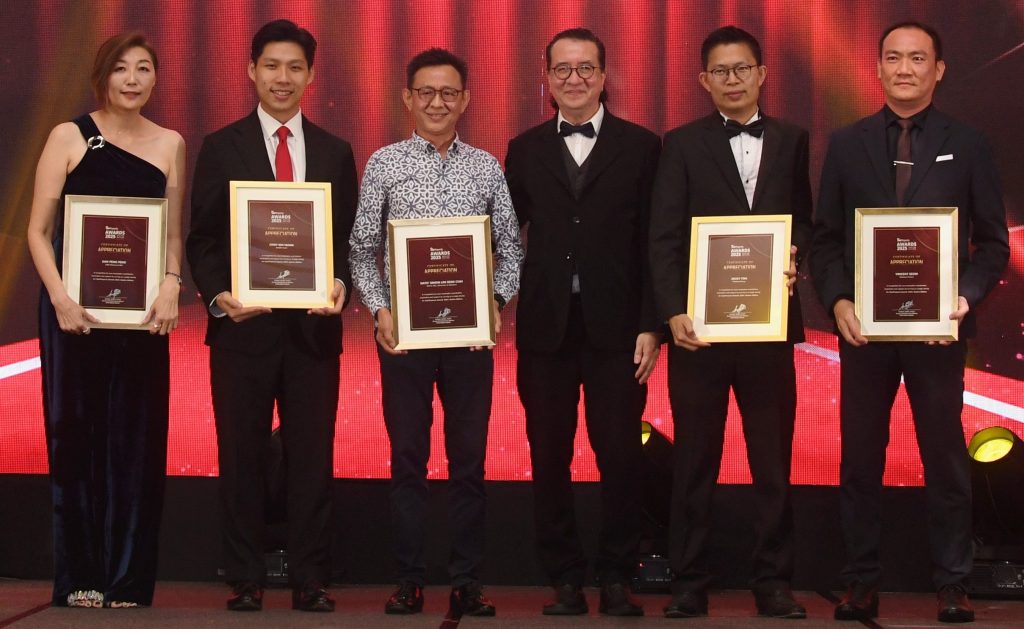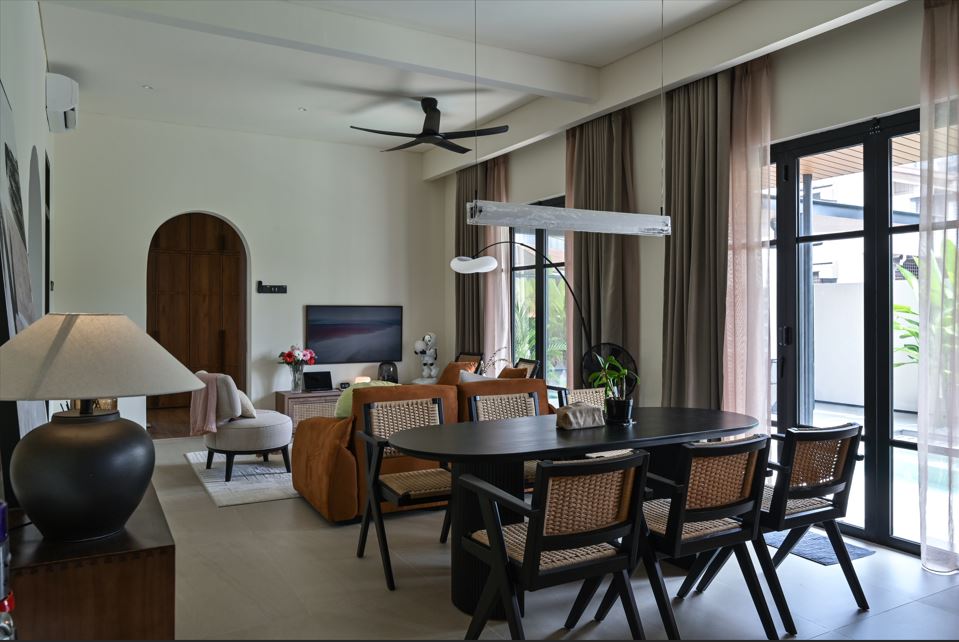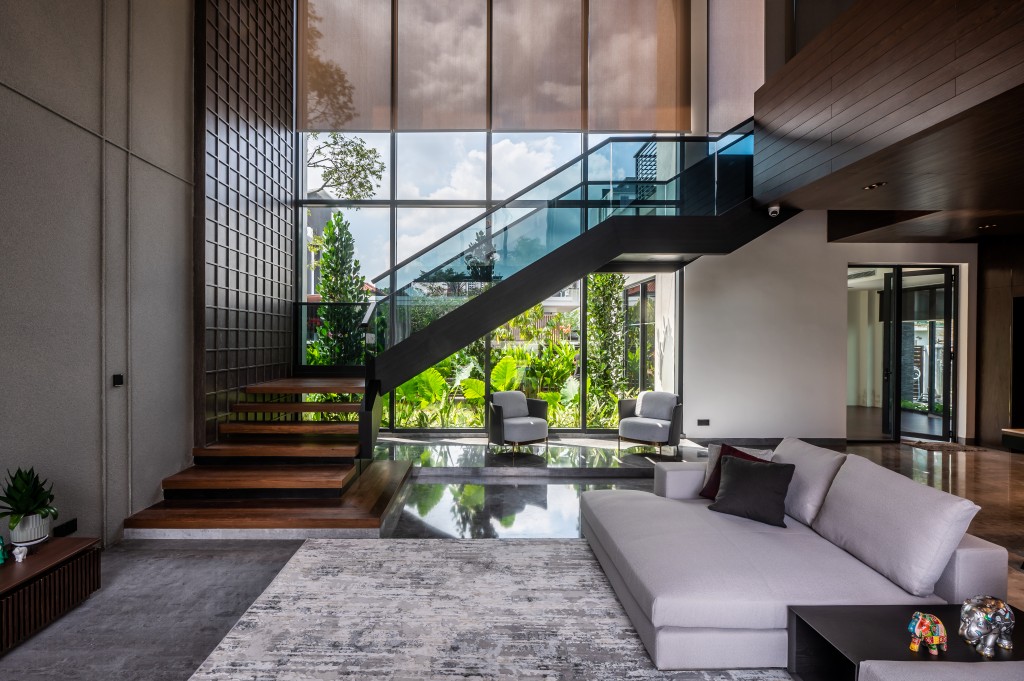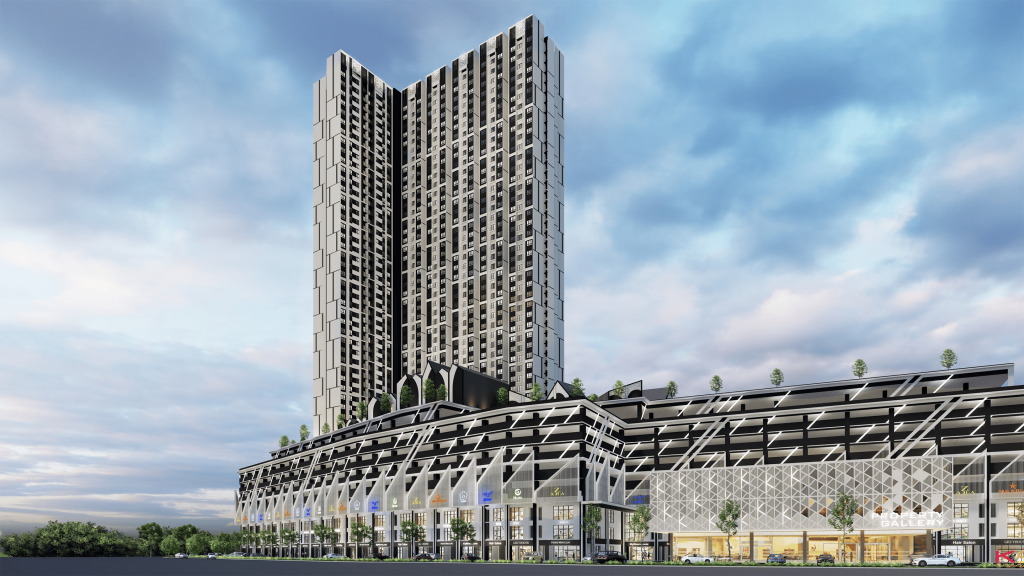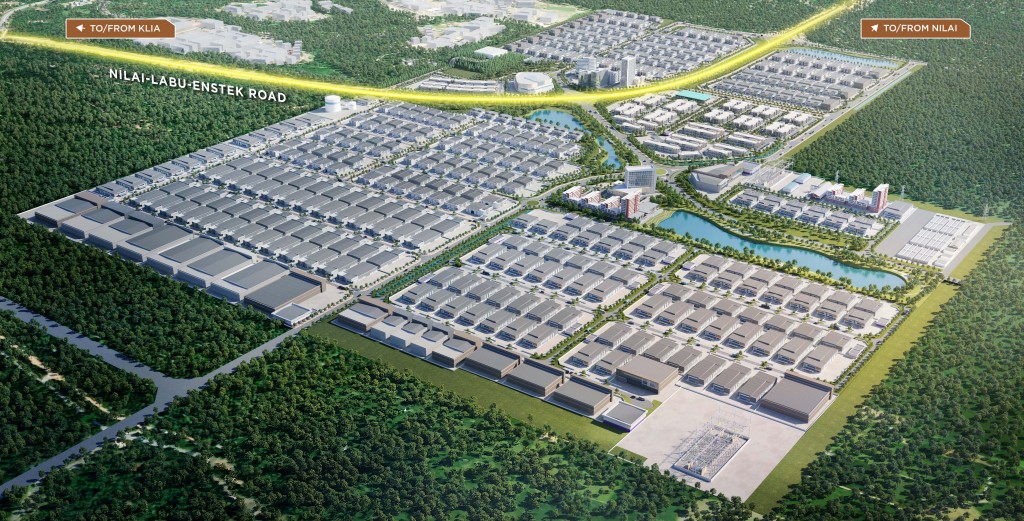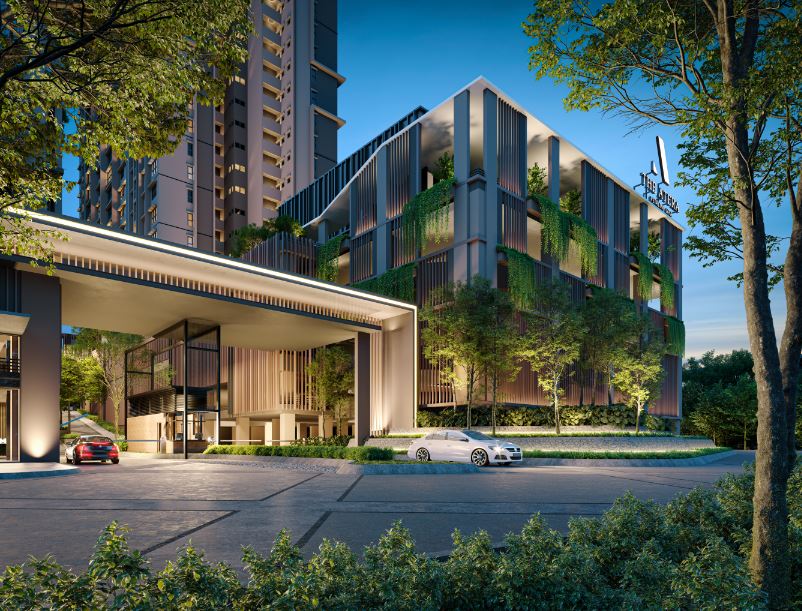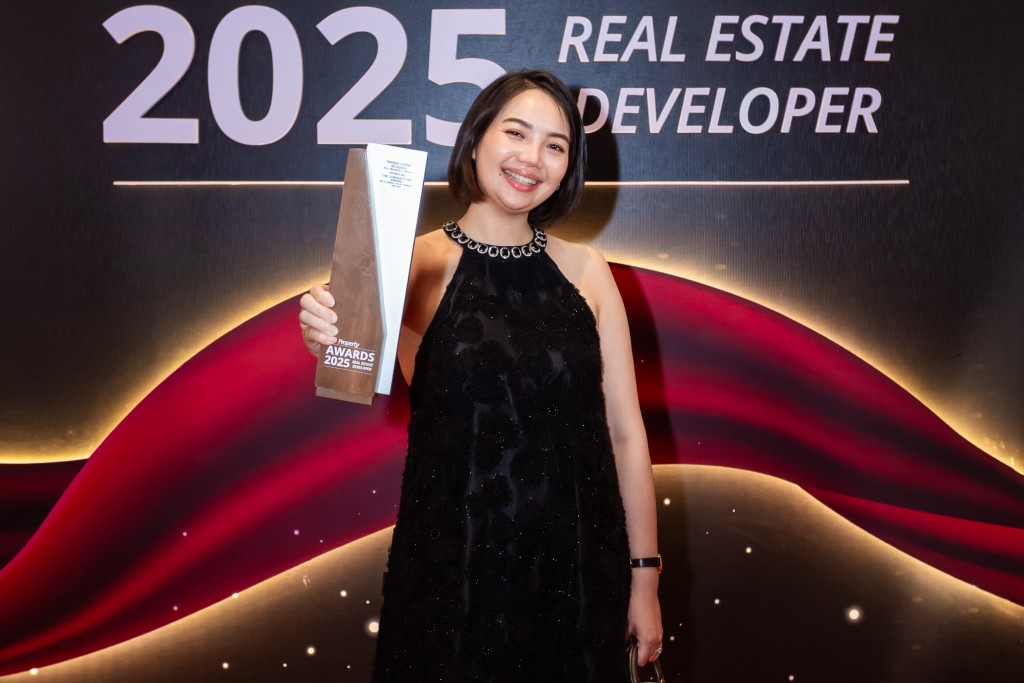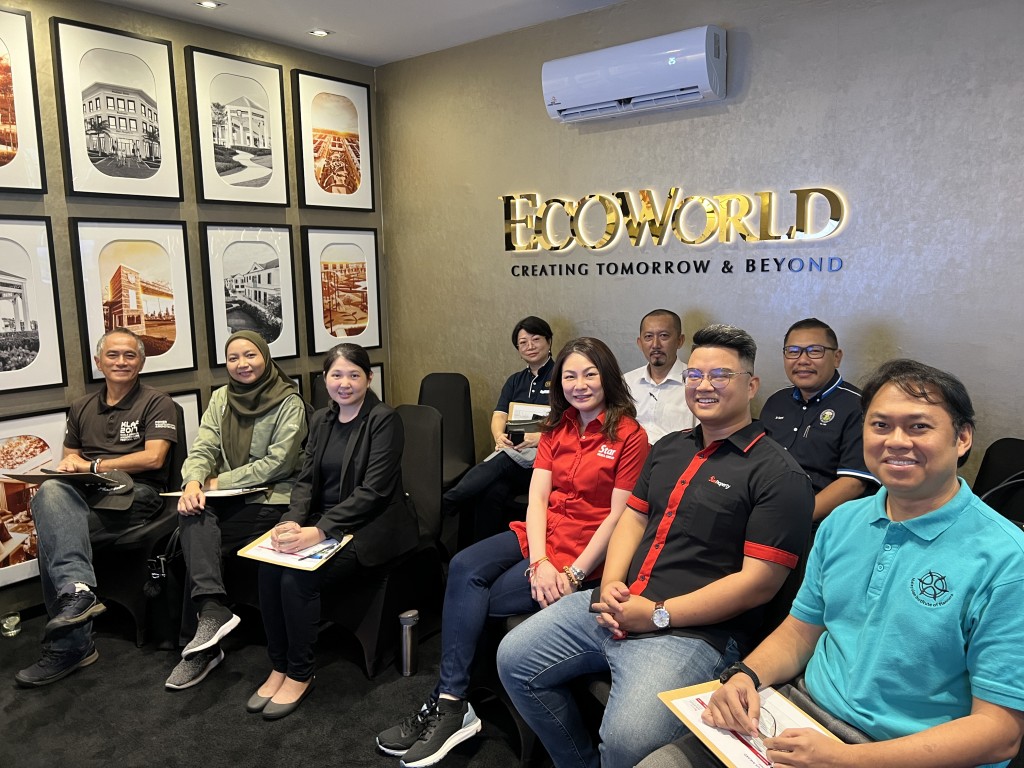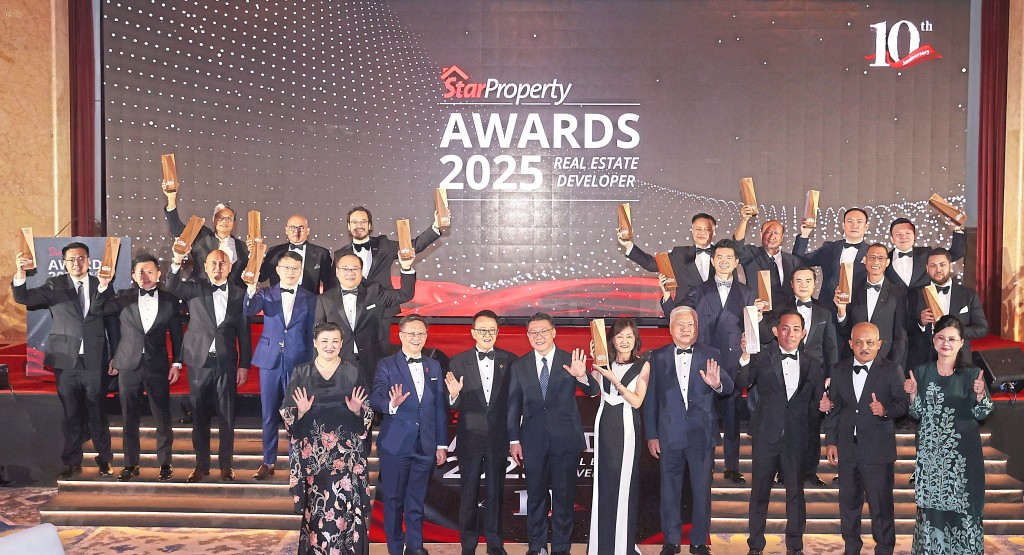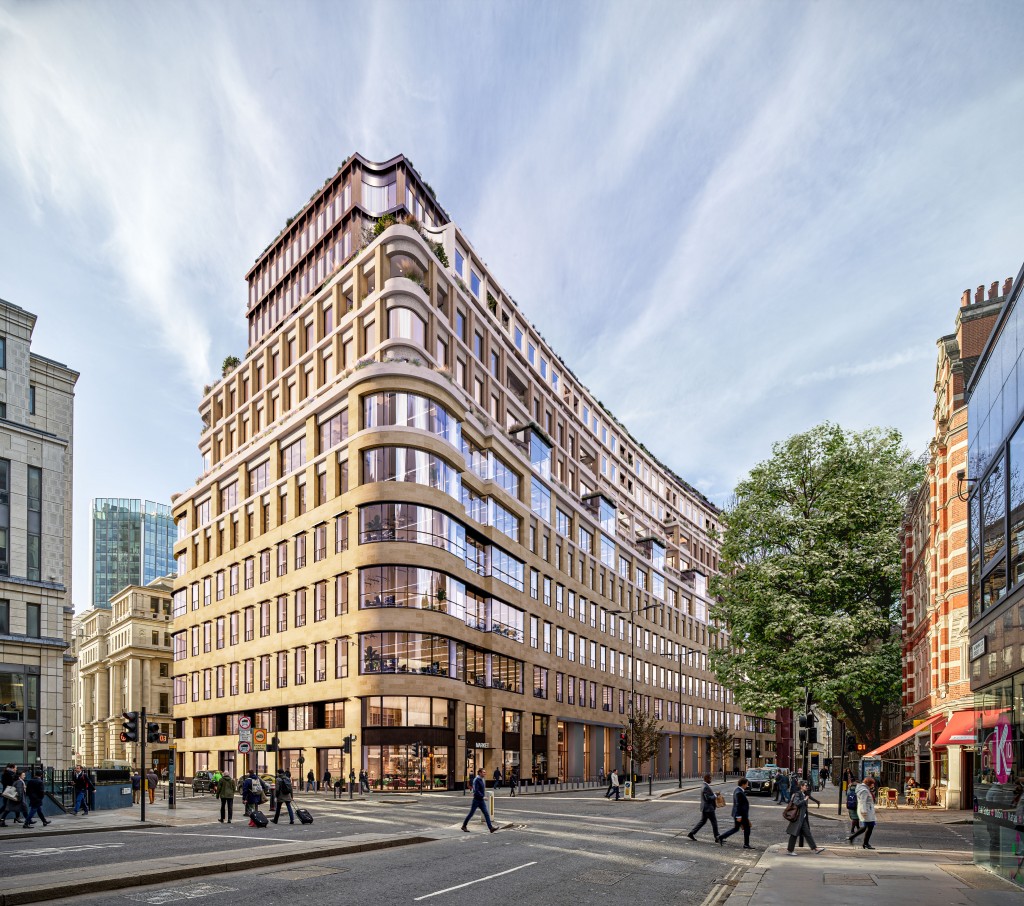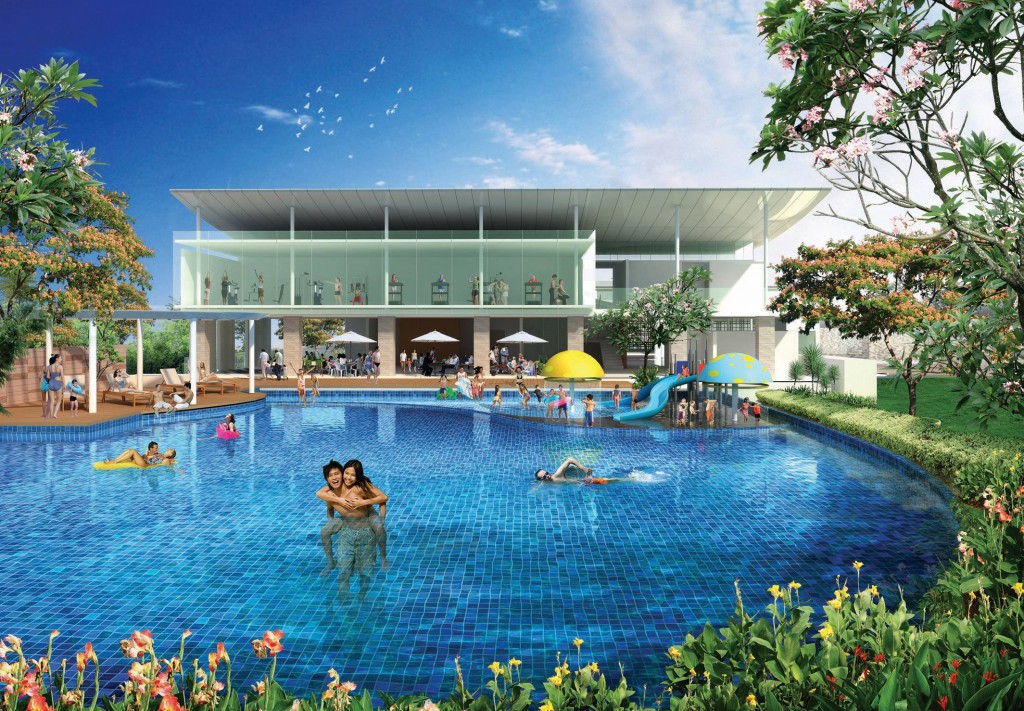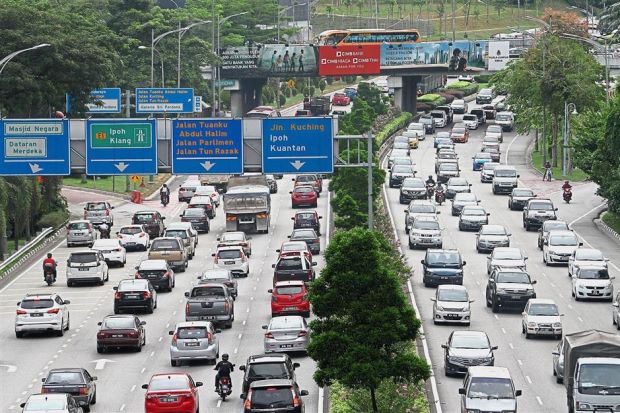
Urban planners say development in Kuala Lumpur is dictated by road systems and answering the needs of vehicles instead of the human scale. — Photos: FAIHAN GHANI/The Star.
WHAT do all great cities have in common? Is it the population size, the number of skyscrapers or perhaps how efficient is its connectivity?
“All great cities have great plans. But in the case of Kuala Lumpur, it has never been implemented,” said renowned conservation architect Laurence Loh.
Loh, who is known for his works such as the restoration of the Cheong Fatt Tze Mansion in Penang, said a well-planned city would not have the problem of being “overbuilt”.
“With thorough and proper planning, it would have been decided which particular area construction should be intensified or kept low density; the character of the place; potential growth and how to control it.
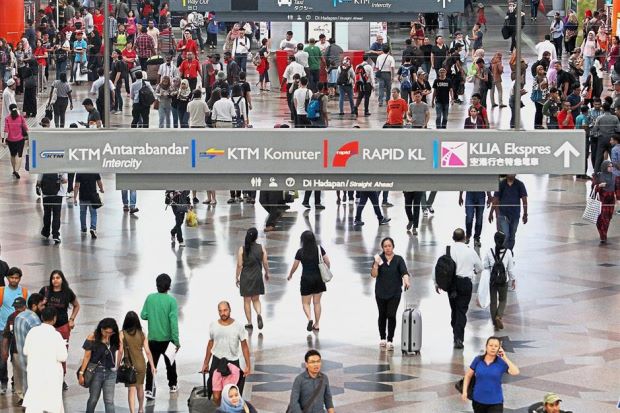
The introduction of the MRT line, in addition to the existing KTM and LRT services, is a good start but connectivity within the city still needs improvement.
“This is why we have ad hoc development, which results in high-rise buildings in low density areas and heritage areas have been submerged by the intensity of building,” he said.
Acknowledging that while there have been plans such as the Kuala Lumpur City Plan (2020 and 2050) and KL Structure Plan 2020, Loh said these plans had all been watered down and changed.
“Each new administration brings its own plan to the table, resulting in confusion.
“When there is no continuity in thought, something is bound to break down,” he said.
Commenting on the city’s current built environment, Loh said while Kuala Lumpur comprised many parts, they were all not connected.
“A lot of development has been dictated by road systems and answering the needs of vehicles.
“While attempts have been made to make Malaysia’s capital a more people-friendly city, it is still a long way off,” Loh said.
India-based architect Prof Christopher Charles Benninger concurred, saying the city’s layout was connected by massive roadways and arterials leading from one giant development to the next.
“We have become slaves to the automobile. The scale of the city is now the scale of the automobile instead of the human scale,” he said.
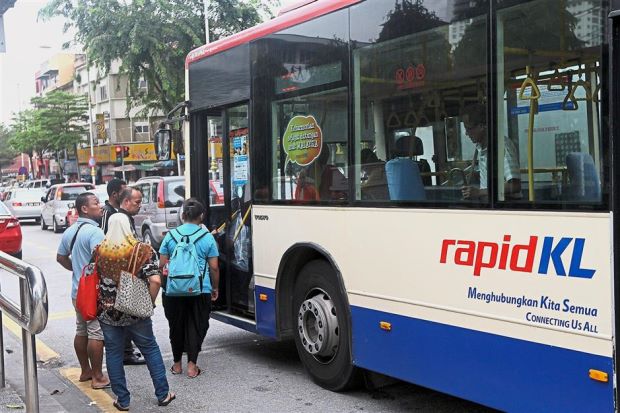
Currently, it is almost impossible to get around the city comfortably and quickly without a private vehicle.
Benninger was in town to give an illustrated lecture on “The Architect in the City” and to launch his new book Christopher Benninger: Architecture for Modern India.
His notable projects include the Suzlon One Earth (named Most Sustainable Building in India), India House as well as the UN House, National Ceremonial Plaza and Royal Supreme Courts Complex in Thimphu, Bhutan.
“There is a need to look at mass transit more seriously.
“While there has been inroads into this with the introduction of the MRT Line, it should be possible to go anywhere around the city without a private vehicle; quickly and comfortably.
“In New York, for example, parking spaces are limited and very expensive so only 5% of the population can afford to own a car.
“But to compensate, there are 450 rail stops that allow people to travel anywhere in Manhattan and Brooklyn.
“Above ground, there are bus services connecting these places even deeper into the urban fabric,” he said.
Benninger cited Singapore’s Certificate of Entitlement (COE) exercise for vehicle ownership as another effective solution.

"We have become slaves to the automobile. The scale of the city is now the scale of the automobile instead of the human scale."- Prof Christopher Charles Benninger
The certificate allows holders to own a vehicle for 10 years, after which they must be sent for scrap or export their car with financial incentives or apply for another COE at the prevailing rate to continue using their vehicle for another five or 10 years.
“It is a sensitive system of balancing the number of vehicles with the available road space.
“All the money goes to the public transport system, so people who are polluting the city pay for the costs.
“Over here, it is the taxpayers who are paying for the building of roads and highways,” he said.
Maximising the floor space index, Benninger noted, had become the main principle of architectural design.
“Sadly instead of letting elements such as the human scale and sustainability be the main consideration for future development, getting maximum profit out of every square foot of land has become the most important outcome,” he said.
Follow us on Wechat or Facebook for the latest updates.
Download StarProperty.my e-Mag(bit.ly/StarProperty_Emag) for more articles.
Want to contribute articles to StarProperty.my? Email editor@starproperty.my.
[slider id='81590' name='StarProperty' size='full']

